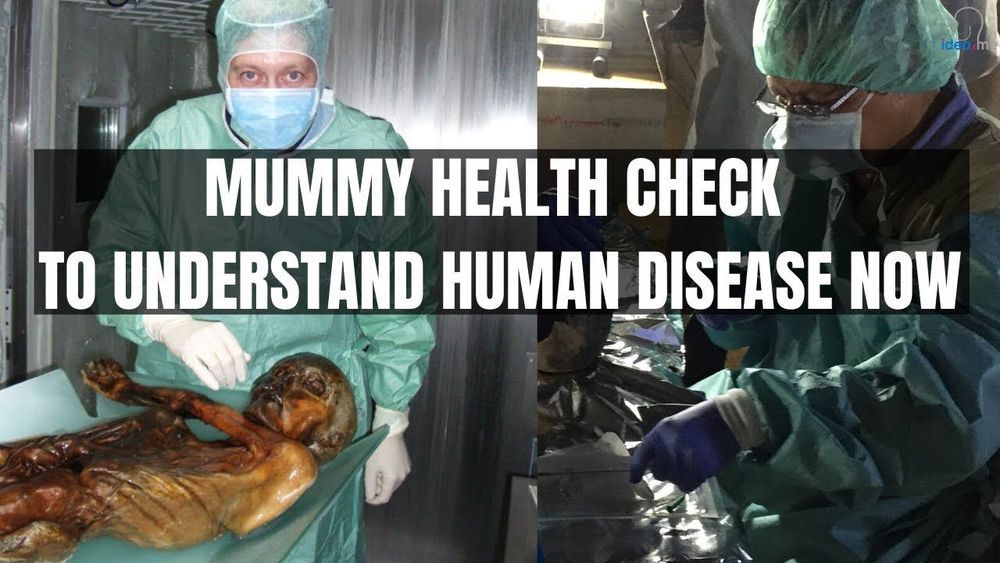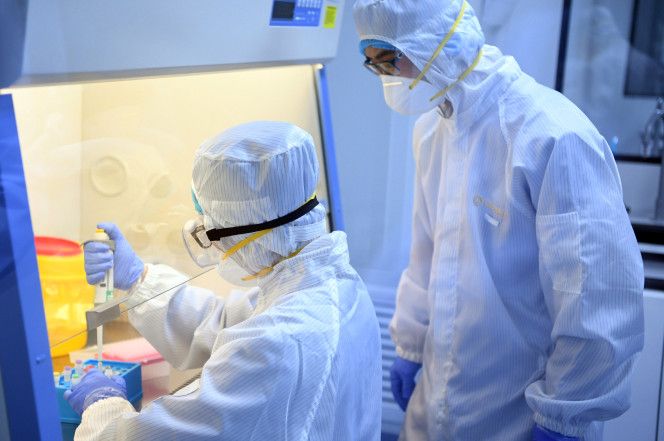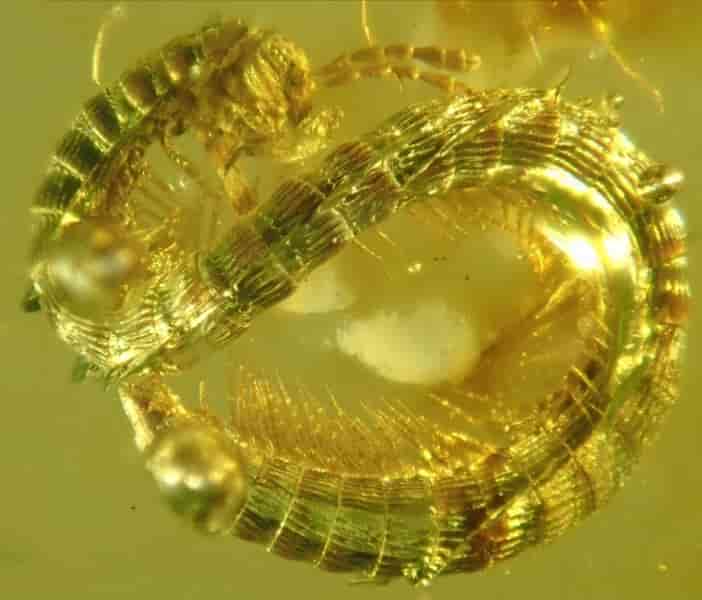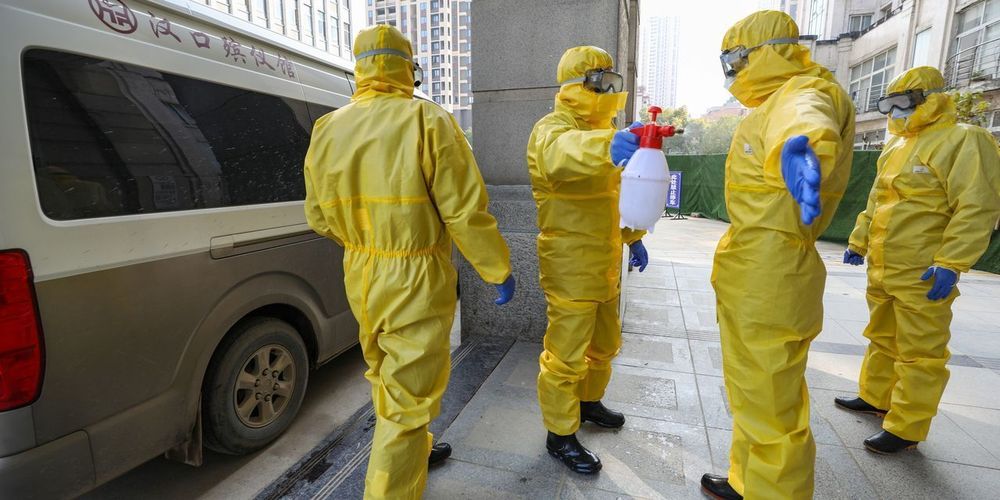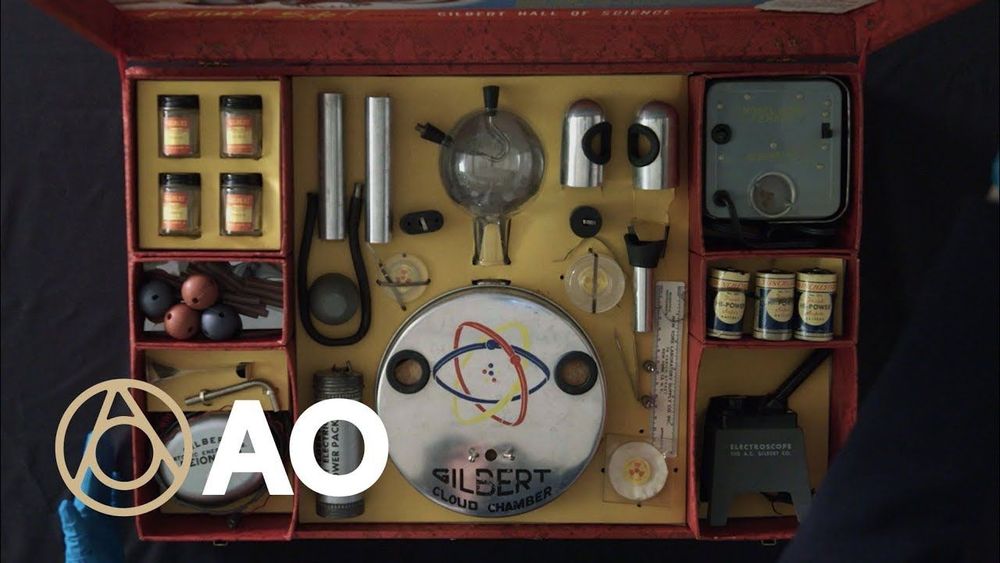Evolutionary Medicine — Linking human pathology with our past, present, and future evolutionary trajectories — ideaXme (http://radioideaxme.com/) welcomes Prof. Dr. Frank Rühli, Director of the Institute of Evolutionary Medicine, University of Zurich — #Ideaxme #EvolutionaryMedicine #Evolution #Microevolution #Paleopathology #BiologicalAnthropology #ComparativeAnatomy #Mummies #Mummy #Hypercholesterinemia #Diabetes #DrugAddiction #Health #Wellness #Regeneration #Longevity #Aging #IraPastor #Bioquark #Regenerage
Ira Pastor, ideaXme exponential health ambassador, interviews Professor Dr. Frank Rühli, Director of the Institute of Evolutionary Medicine and on the Medical Faculty of University of Zurich, and Founding Director, Chair, Full Professor of Evolutionary Medicine.
Ira Pastor Comments
